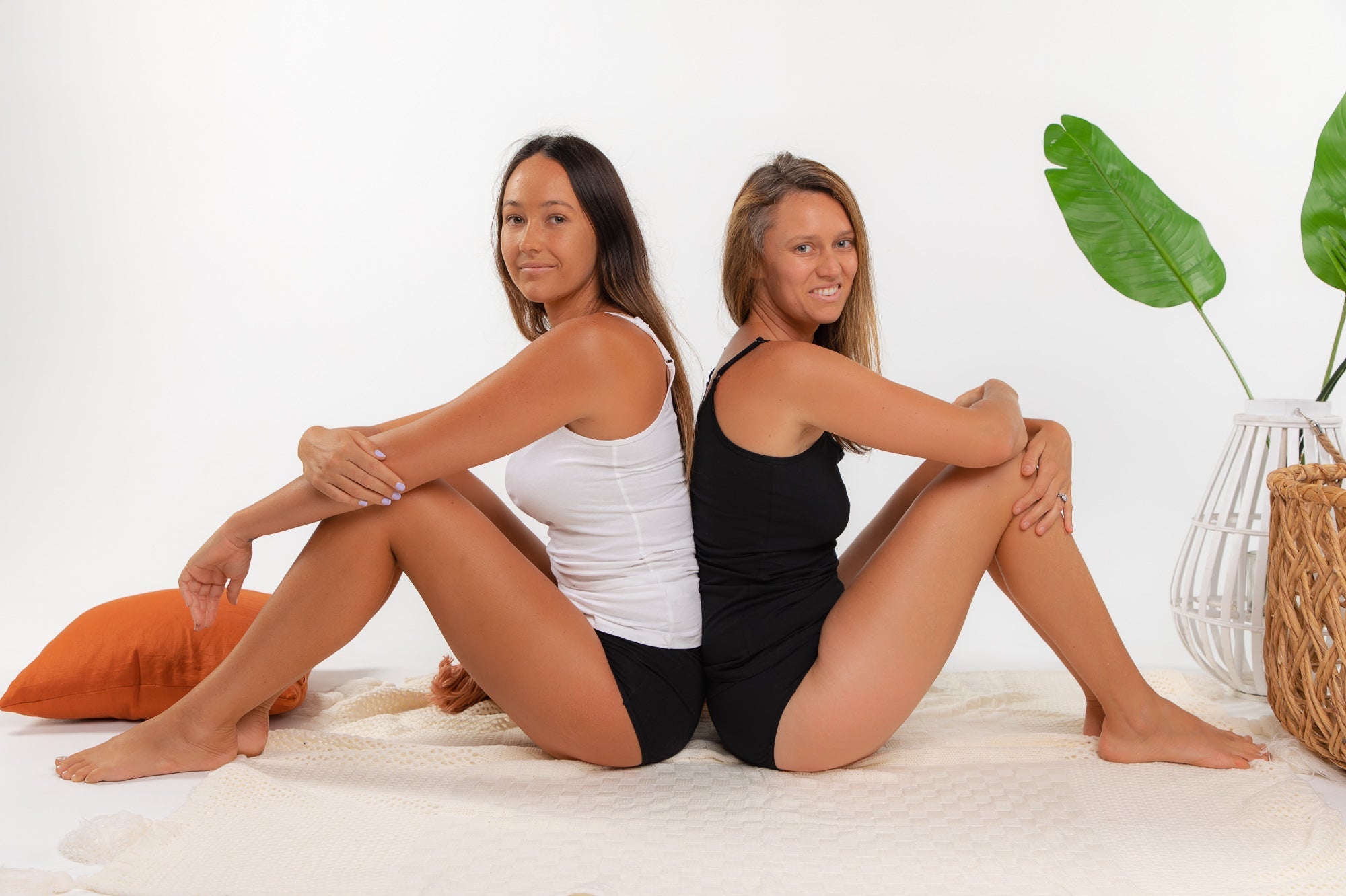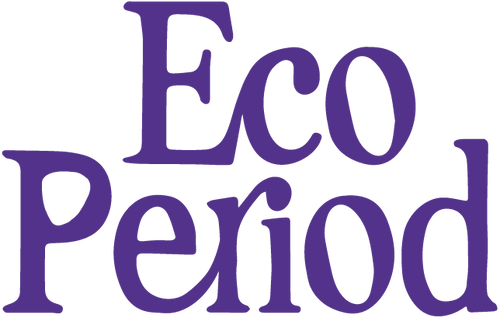Sustainable Period Management

2 December 2018
By Melanie Borg
Having a period is unavoidable for most women, so naturally sanitary napkins/pads, tampons and panty liners are on the shopping list each month.
Buying and using disposable sanitary products incurs a financial cost to you as the consumer, and a devastating environmental cost to the planet and the land and sea animals upon it.
The Environmental Cost of Your Period
Your periods are a very personal matter and it’s unlikely you’d spend time pondering global collective menstruation and the impact that has on women’s financial resources across the globe.
Perhaps though, you’re here reading this because you’ve been thinking about the impact pads and tampons have on the environment.
Here’s some stats to mull over:
A Roy Morgan poll conducted in 2015 found that over 6 million Australians purchased pads, tampons and panty liners in a single month.
It’s estimated that now in 2018 around half of Australians have a period each month.
Women have around 450 periods in their lifetime.
The average period lasts for five days, and an average of five disposable sanitary products per day is used.
Total average sanitary product use per person per lifetime: 11, 250
Total average sanitary product use in Australia each year: 360 million
That’s 360 million pads, panty liners and tampons going into landfill just in Australia in just one year!
In the US it’s estimated that 20 billion pads and tampons are thrown away each year.
It’s staggering, and it’s even more staggering to know that these products mostly don’t break down once thrown away.
The Manufacturing Process
Pads are made from cotton, (usually) bleached cellulose and plastic, and then wrapped in plastic.
Tampons are made from cotton and sometimes wrapped in synthetic materials, wrapped in plastic and many come with plastic applicators.
Cotton is one of the most resource draining crops on the planet to grow, siphoning almost 8 million litres of water per hectare of cotton each season from Australian waterways.
It’s also one of the most pesticide rich crops on the planet to grow, and that’s before it goes through more manufacturing processes to make anything with it, including chemical baths.
Each month you likely insert these chemicals along with your tampons, and place them against your skin along with your pads and panty liners.
Once disposed of, these products enter landfill and when they do eventually start to break down they leach chemicals into the soil.
Plastic Pollution and Your Period
Speaking of disposal and products breaking down, technically speaking plastic never breaks down.
It simply gets smaller and smaller, and the devastating results of plastic pollution on sea life and wildlife are horrifyingly apparent today.
Your tampon applicators, sanitary product wrappers and parts of the products themselves are here to stay.
When it comes to plastic, nothing is thrown away – there is no ‘away’.
The Financial Cost of Your Period in Australia
A bill finally passed senate this year to abolish GST on feminine hygiene products (although it’s still far from being law), but for now you’re still paying on average $1,000 GST per person over your life for these necessary products.
Australian women spend roughly 30 million dollars a year on single-use sanitary products over an average of 38 baby-making years.
Huffington Post added up the cost of everything from birth control, to chocolate, to heating pads and came up with the total lifetime cost per person of Aunty Flo’s visits.
$18,173.36USD per woman, nearly $500USD a year.
Holy Shark Week Batman!
Want to estimate how much money you spend on pads each year? Check out this calculator!
Sustainable Period Management
We can all do better, financially and environmentally.
There’s a growing movement for all individuals to do our bit for the environment; to do what can, when we can, and if it also saves you bucket loads of money it’s only logical to look into it!
Whether you’re a Greenie, consider yourself Low Waste, Zero Waste, Plastic Free or a conscientious consumer, there’s options for a sustainable period and you can find the right combination that works for you.
The History of Sanitary Products
Period management is recorded to have been around since Ancient Greece, and in the late 1800s the first commercially available female sanitary napkins were manufactured.
Women weren’t comfortable asking for “Lister’s Sanitary Towel for Ladies” and other such embarrassingly named products, and so the idea didn’t start to really take off until they were renamed in the 1920s to names like Nupak which didn’t give away what the product was.
Still prohibitively expensive for a lot of ladies, traditional methods continued to be very popular.
Rags, cotton, wool, rabbit fur and even grass have been used throughout history to manage periods, and it wasn’t until the 1980s that adhesive pads as we know them today – that didn’t require strapping into girdles or belts – came onto the market.
We’re lucky that knowledge and technology has led us away from stuffing our undergarments with freshly sheared wool or grass or dealing with pads slipping out of sanitary pad belts!
Knowledge and technology are still advancing and comfort, needs, values and ethics are now merging leading to fantastic products entering the market – either completely new ideas like the menstrual cup and period panties, or re-fashioned and bettered ideas like the cloth pad.
The old ways were necessarily more sustainable and going back to basics with a modern twist is exactly what’s happening in eco-friendly (and bank balance friendly) period management today.
How to Have a Zero Waste Period
There are a lot of ways to have a sustainable period, hooray! There’s so many great reasons to start getting your kit together.
- Reusable period products will save you literally thousands of dollars throughout your fertile years.
- They’re often more comfortable and provide you with more coverage than disposable products.
- You’ll be reducing your environmental footprint, and landfill by over 11,000 items per year! That’s a massive contribution to the planet’s wellbeing!
As with anything new in your life, you can try out the new products, see what works for you, and build up your zero waste period kit with the combination of options that suit your lifestyle and preferences the best.
Sustainable Period Options
Cloth Pads
Inserting products isn’t for everybody, especially overnight, and one of the easiest products to get your hands on is cloth pads, and you can get panty liners too!
There are different materials and thicknesses to choose from and some have extra removable liners or inter-labia pads for heavier days or just in case.
They work the same as pads with wings, and have snaps that secure your pad in place on your underpants.
There can be a little more pad movement backwards and forwards because they aren’t stuck down like a disposable pad, but bunching up at the sides is rarely an issue.
When you’re ready to change them, simply rinse them off in the sink and pop them in the wash or your washing basket!
Menstrual Cups
Menstrual cups are a great alternative to both tampons and pads.
They come in a few different shapes and sizes and can take a few tries or cycles to get used to, but once you’ve got it all figured out, you’ll likely be one of the millions of women that use them regularly and love them.
Instructions should come with all cups you purchase, but there are also videos on YouTube that teach you how to fold and insert them.
They’re comfortable, discreet, and some hold more than the average pad or tampon, although some people require or feel safer wearing a zero waste panty liner or period proof underwear as well.
A lot of women find they can wear a menstrual cup overnight and not have to change !
They’re made of medical grade silicone and they move and shift with even the most active people (exercisers or sleepers!), giving you peace of mind that there’ll be no leakage.
Menstrual cups last up to 10 years and in terms of saving money are by far the most financially savvy .
Period Underwear
Period undies, like women, come in lots of different shapes and sizes and suit most comfort and sexy/sassy levels.
They can hold the same amount as one to three tampons, and by far the most important yardstick for choosing your period undies is whether they’ll do the job!
Comfort is also right up there in grades of importance, especially when sleeping, and what could be more comfortable than only wearing undies to bed, instead of stuffing them with nighttime pads or getting up to change tampons?!
There are period undies to suit most women’s needs, including heavy days, sports briefs and even some fancy/sexy ones so you can still feel good about yourself.
No need to worry about the dreaded pad imprint in your clothing, or constantly swiping at the back of your outfit to see if anything is poking out.
Period underwear, like zero waste cups are discreet.
Hormones to Stop Periods
Another zero waste option for a sustainable period is to continue or start taking the Pill, to skip periods.
Having a period every 28 days while on the Pill was in fact a manufacturer’s strategic marketing decision.
Market research showed the original developers of the Pill that women would feel better about taking it if they continued to have a period once a month – that’s the only reason.
A 2003 survey of OB/GYNs found that 99% of female practitioners and most OB/GYNs in believe that suppressing menstruation is completely safe.
It may also surprise you to know that the bleeding that occurs each month while on the Pill is not in fact a natural period, or a period at all.
It’s a reaction to the hormone withdrawal your body goes through on the seven days you skip the Pill each month.
It’s literally called withdrawal bleeding and it isn’t menstrual bleeding.
For some of you, choosing a zero waste period by skipping them altogether may be the best option.
Zero Waste Periods at Eco Period Australia
Financially and environmentally, choosing sustainable period products makes sense.
Browse our range of period underwear, from youth sizes and petite all the way up to plus sizes, and menstrual cups.
If you’d like to get started with a zero waste period kit today, we have a range of starter packs and bundles, which are always a good value way of trying a few different products, including an Eco Cup, at a discounted price.
Young girls entering into menarche or first period are getting ready with our First Period Packs, which allow first time users to try both cloth pads and period underwear and also include some other lovely touches to celebrate this change in a young girls life.
Eco Period Australia wants to make your sustainability efforts easy and fuss free, so browse the shop now and contact us if you have any queries at all.
Written by Melanie Borg from www.cachetcopy.com


